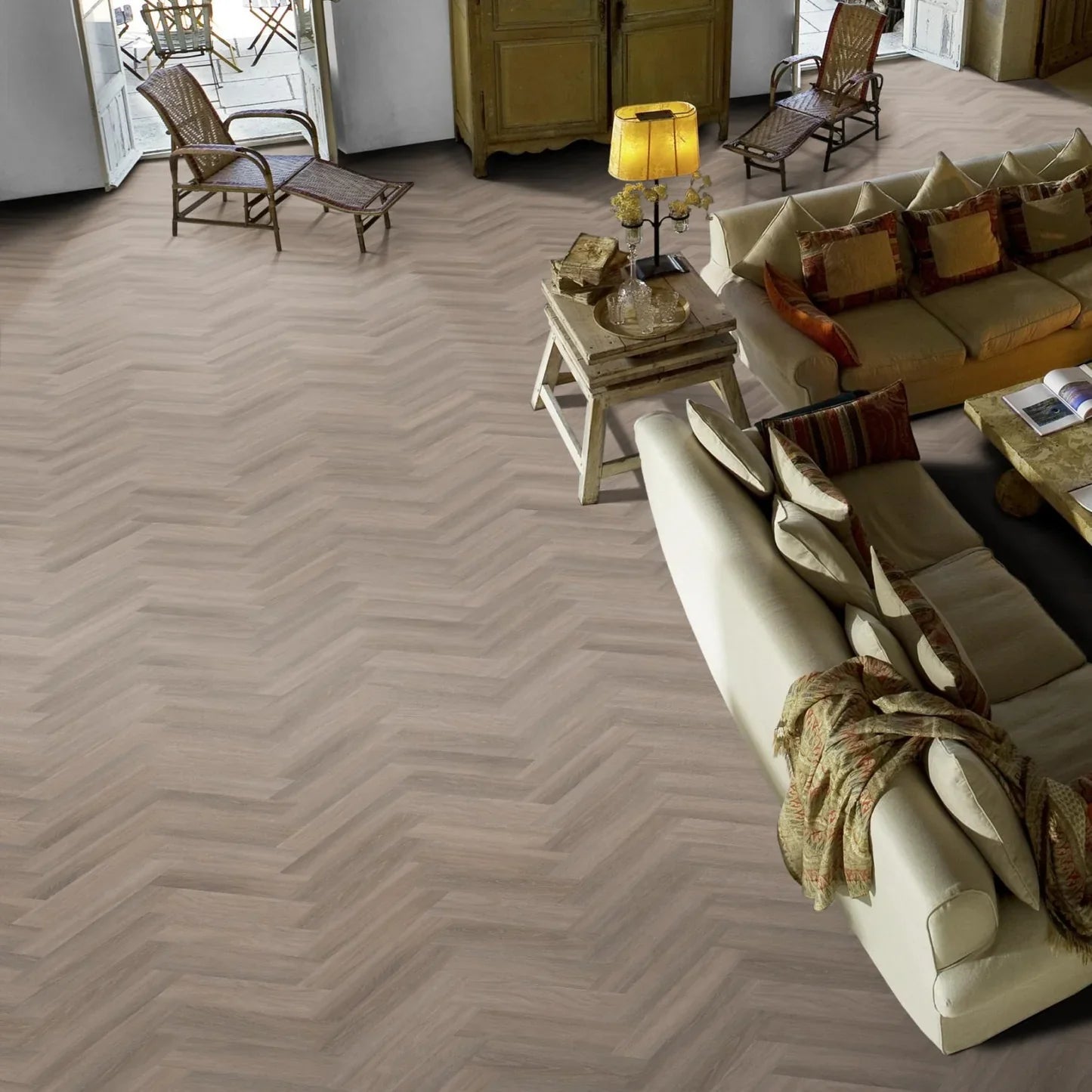
Author, Written by: P. Hirani (Wood flooring Expert)
Installing new vinyl flooring is a great way to update your home with minimal fuss—but even the best vinyl won’t perform well if your subfloor isn’t properly prepped. Whether you're working with sheet vinyl, luxury vinyl tile (LVT), or plank (LVP), a smooth, clean, and dry subfloor is essential for a long-lasting, professional-looking result.
Here’s a step-by-step guide on how to prep your subfloor before installing vinyl flooring—because a great floor starts with a solid foundation.
Why Subfloor Prep Matters
✔ Prevents bumps, gaps, and uneven wear
✔ Ensures click-lock or glue-down vinyl fits securely
✔ Reduces noise and movement underfoot
✔ Helps vinyl flooring last longer with fewer issues
Think of it this way: Vinyl is flexible and forgiving—but it can still telegraph imperfections from the surface underneath. Let’s avoid that.
Step 1: Identify Your Subfloor Type
Before you do anything else, figure out what you're working with. The three most common subfloors are:
✔ Concrete – Solid and stable, but can be prone to moisture
✔ Plywood or OSB (Wood Subfloor) – Standard in upper floors and wood-framed homes
✔ Existing Floor (Tile, Vinyl, Laminate) – Sometimes you can go right over it
🎯 Pro tip: Not all subfloors are suitable for every type of vinyl. Check your manufacturer’s recommendations.
Step 2: Clean the Surface Thoroughly
No matter what’s underneath, your vinyl needs a clean slate to adhere properly.
✔ Sweep or vacuum to remove dust and debris
✔ Mop (and allow to fully dry) if there’s grime or sticky residue
✔ Remove all nails, staples, or leftover glue from old flooring
🧼 Don’t skip this step—even small particles can create bumps or weaken adhesion.
Step 3: Check for Flatness and Level
Vinyl flooring performs best over a flat surface. Use a straightedge or spirit level to look for dips, humps, or uneven areas.
✔ The floor should be level within 3mm over 2 metres (check your flooring specs)
✔ Fill low spots with a self-levelling compound
✔ Sand down high areas if necessary
🛠️ Uneven spots can cause click systems to separate or lead to premature wear.
Step 4: Address Moisture (Especially on Concrete) 💧
Moisture is vinyl’s enemy—especially for glue-down or floating floors on concrete subfloors.
✔ Use a moisture meter or do a simple plastic-sheet test (tape down a square of plastic overnight—if condensation appears, there’s moisture)
✔ Apply a moisture barrier or DPM (damp proof membrane) if needed
✔ Make sure the subfloor is completely dry before moving forward
🌡️ Ideal moisture levels: Below 75% RH for most vinyl products.
Step 5: Repair or Remove Existing Flooring (If Needed)
If going over tile or old vinyl:
✔ Ensure the floor is clean, intact, and securely bonded
✔ Fill grout lines or texture to create a flat surface
✔ Consider using a vinyl underlay for extra smoothness
If removing old flooring:
✔ Remove any adhesive residue
✔ Check the condition of the subfloor beneath and repair as needed
🧯 Safety first: If your home was built before the 1980s, test for asbestos before removing old vinyl tiles.
Step 6: Install Underlay (If Recommended)
Some vinyl floors come with attached underlay—others require a separate layer for sound, insulation, or smoothing out minor imperfections.
✔ Use the underlay specified by your flooring brand
✔ Secure it without overlapping seams
✔ Trim to fit wall edges and openings
🔇 Underlay can also improve acoustics and comfort underfoot, especially in upper floors or flats.
Step 7: Let Materials Acclimate
Before installing your new floor, let the vinyl acclimate to your room’s conditions for at least 24–48 hours.
✔ Store it flat in the room where it will be installed
✔ Keep the room at a stable temperature (usually 18–27°C)
✔ This helps prevent expansion, contraction, or gapping after install
📦 Don’t skip this—especially for click-lock vinyl systems.
Ready to Install?
Once your subfloor is prepped—clean, dry, flat, and stable—you’re set for a smooth installation. Whether you’re laying planks, tiles, or sheets, the extra effort in the prep stage will pay off with a floor that looks great and lasts for years to come.
✨ Need help choosing underlay or levelling products? We’re happy to guide you through the right prep materials and installation tools for your project.
About Author:
Peter H. is a flooring product expert who knows all about different types of flooring materials. He shares his knowledge in blogs to help readers make the best choices for their spaces.
